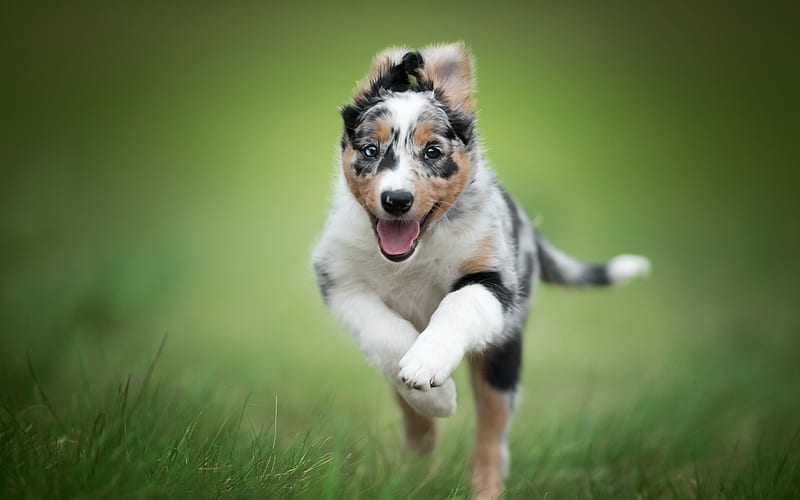
The Science Behind Your Dog and His Behavior
As more scientists invest their time and resources in learning how our greatest companions have developed to be so entwined with humanity, the study of dogs is expanding. We now have a better understanding of puppies and their behaviour than ever before, from dog biology to dog psychology. Are you curious about what the research has to say about your dog? Read on to learn more about some of the more remarkable discoveries we've made.

Why Do Dogs Sleep So Much?
A dog's sleeping pattern is influenced by a variety of elements, such as his age, size, breed, health, and degree of activity. Because dogs get more REM sleep than humans do, all dogs need substantially more sleep than people do. The deepest and most peaceful stage of sleep—REM cycles—takes up around 25% of human sleep time, but only about 10% of a dog's nap time is devoted to these cycles. They must therefore sleep for a longer period of time to make up for the imbalance.
How quickly can a dog run?
A dog's particular running speed will vary. The size, shape, and length of the legs, as well as the age, state of health, and physical condition, all have a significant impact on running speed. The greyhound is the fastest dog in the world, with the fastest specimen ever recorded clocking in at 50.5 miles per hour. All dogs may make their bodies more aerodynamic when they run, whether by flattening their ears to reduce wind resistance or pulling them back to prevent getting tripped up. While sleek greyhounds and other fast breeds like whippets and Afghan hounds appear to have been created for speed.

How high can a dog jump?
For some dogs, being able to jump up onto a couch is no great accomplishment; for others, climbing stairs may be necessary to snuggle up next to you in your favourite recliner; and for yet other dogs, being able to contain them in gated yards can be difficult due to their jumping abilities. A dog's capacity for jumping is greatly influenced by their size, strength, age, health, and physical condition, much like their capacity for running is. The tallest leaping canines, according to reports, can jump up to 6 feet, but smaller varieties that can jump higher than they do may be even more astounding.